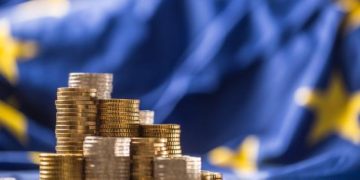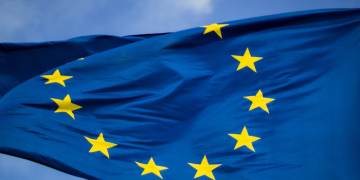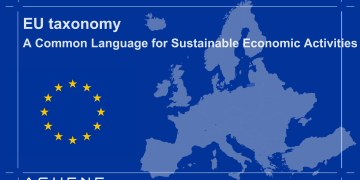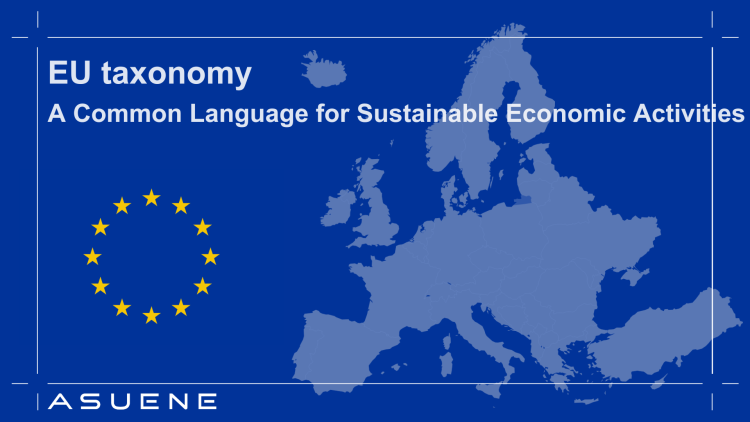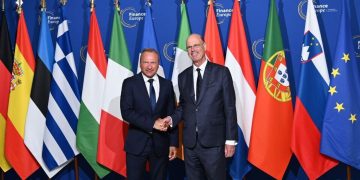Introduction
In 2025, geopolitics is once again reshaping the global financial architecture. The euro, long considered the indispensable “second” currency behind the U.S. dollar, stands at a crossroads. On one hand, the increasingly fractious global order, rising protectionism, energy security concerns, and strategic realignments offer Europe a rare opening to enhance the euro’s international status. On the other hand, internal challenges—from political fragmentation to uneven capital markets—threaten to limit its full potential.
Europe’s leaders and policymakers are well aware that boosting the euro’s role is not just a financial ambition but a geopolitical strategy. A stronger euro could enhance Europe’s strategic autonomy, reduce vulnerability to external shocks, and provide a genuine alternative to dollar hegemony. But to grasp this moment, Europe must navigate complex trade-offs and make bold structural reforms.
This article explores the geopolitical dynamics affecting the euro, the opportunities and risks for Europe, and how institutional innovations—like the digital euro and joint borrowing—might redefine the euro’s global role.
1. The Strategic Geopolitical Context
1.1 A fracturing global order
The international system has seen a gradual shift away from multilateralism toward more fragmented, bilateral, and zero-sum dynamics. As ECB leadership has noted, open global markets are under pressure, and protectionism is re-emerging. European Central Bank+2European Central Bank+2
This fragmentation presents both a risk and an opportunity. On one hand, fragmentation could undermine global trade flows, hurting Europe’s export-oriented economies. On the other hand, it also weakens the unassailable dominance of the dollar, creating space for the euro to grow in influence.
1.2 Europe’s geopolitical ambition: strategic autonomy
European leaders increasingly emphasize the need for “strategic autonomy”—a concept that goes beyond defense to include financial and monetary power. The EU aims to reduce its reliance on external powers, whether in energy, technology, or payments infrastructure.
ECB commentary argues that a stronger euro can be a tool of sovereignty: a reserve currency less exposed to geopolitical coercion and sanctions. European Central Bank
Meanwhile, the Eurogroup and EU institutions are exploring joint instruments (such as defense investment) to strengthen Europe economically and strategically. consilium.europa.eu
1.3 Energy security and its currency implications
Energy has become a core geopolitical battleground. The EU’s ongoing efforts to diversify away from Russian fossil fuels—through policies like REPowerEU—are transformative. 維基百科
By reducing energy dependence, Europe not only enhances its political resilience but may also support a more stable, geopolitically credible currency. A euro less tied to volatile energy geopolitics is a more attractive currency for global investors and central banks.
2. Strengthening the Euro Through Institutional Innovation
2.1 Joint European borrowing and safe assets
One of the major structural challenges limiting the euro’s global role is the lack of large, liquid “safe” euro-denominated assets comparable to U.S. Treasuries.
ECB policymaker Olli Rehn has argued that joint European defense borrowing could create a new, credible asset class that supports the euro’s international standing. Reuters By pooling defense investments, Europe could issue shared debt, improving liquidity and creating a euro-denominated safe asset attractive to global investors.
This approach would deliver dual benefits: bolster Europe’s security capabilities while building a deeper financial infrastructure—both vital for a more influential euro.
2.2 Capital Markets Union and financial integration
Deepening the Capital Markets Union (CMU) is essential. According to a European Parliament think tank report, a more integrated capital markets structure would help mobilize funds, reduce fragmentation, and make euro-denominated assets more attractive. europarl.europa.eu
By building more unified cross-border capital markets, Europe can increase the scale and liquidity of its bond markets, making them more competitive globally.
2.3 Completing the economic and banking union
Beyond capital markets, progress on the Economic and Monetary Union (EMU) is a prerequisite for a truly global euro. According to the Consilium, strengthening the international role of the euro depends on completing the EMU, banking union, and capital markets union. consilium.europa.eu
A more integrated banking system would enhance policy transmission, reduce fragmentation risks, and improve confidence in euro-denominated assets.
2.4 Digital euro: a geopolitical lever
Perhaps the most forward-looking innovation is the digital euro. The ECB has framed it not merely as a payment tool, but as a strategic instrument to safeguard Europe’s monetary sovereignty. European Central Bank
By providing a European-issued, secure, and independent digital payment infrastructure, Europe reduces dependence on non-European payment providers (e.g., Visa, Mastercard) and enhances resilience against geopolitical risk. suerf.org+1
However, as SUERF policy experts warn, design limitations could undermine its geopolitical potential: current proposals cap individual holdings (e.g., €3,000 for individuals, none for merchants) and restrict access to eurozone residents. suerf.org
To fully leverage the digital euro’s geopolitical power, Europe may need to reconsider these constraints (e.g., allow broader access or higher caps) so that it can support cross-border usage and central-bank reserve functions.
3. Risks and Challenges
3.1 Political fragmentation and institutional trust
The euro’s global role depends heavily on Europe’s political cohesion. Fragmentation, populism, or weak rule-of-law dynamics could undermine the euro’s credibility abroad. European institutions must project stable governance.
ECB commentary emphasizes that the euro’s global standing rests not only on economic strength but also on institutional credibility. European Central Bank
Euroscepticism remains a political force in some member states, and national divergence could erode strategic autonomy ambitions. 維基百科
3.2 Financial stability and portfolio flows
Geoeconomic fragmentation can trigger capital flow volatility. According to a European Stability Mechanism (ESM) analysis, geopolitical distance can significantly affect foreign investments into euro-area securities. European Stability Mechanism
If alignment deteriorates, central banks or investors may reduce exposure to European assets, threatening liquidity and financing cost dynamics.
3.3 Cybersecurity and digital risk
While the digital euro offers geopolitical promise, it also introduces new risks. Cybersecurity threats—in particular from DDoS attacks and systemic vulnerabilities—pose a serious challenge. debuglies.com
Because a large-scale digital euro would likely be deeply integrated into infrastructure, any disruption could undermine trust in the currency.
3.4 Design trade-offs of the digital euro
As noted, current digital euro design proposals limit its usability globally. SUERF policy research criticizes these constraints, warning that they could prevent the euro from fully leveraging digital currency advantages. suerf.org
Moreover, as the Brussels Institute for Geopolitics argues, Europe may need to allow non-resident access to the digital euro to encourage offshore usage, supporting its reserve and transactional role. big-europe.eu
3.5 Defense spending and debt risk
Joint borrowing for defense is attractive, but it raises questions:
- How will the debt be issued, guaranteed, and repaid?
- Could shared defense debt create unexpected contingent liabilities for member states?
- Will the issuance be large and liquid enough to become a “safe asset”?
Failure to structure it wisely could backfire, undermining rather than bolstering the euro’s credibility.
4. Geopolitical Scenarios for the Euro
Given these dynamics, several scenarios could unfold in the coming years:
Scenario A: The euro seizes its “global moment”
- Europe delivers on institutional reforms: strengthens CMU, banking union, and EMU.
- A robust digital euro is launched with broad access and cross-border functionality.
- Joint defense borrowing creates a deep, liquid euro-denominated safe asset.
- Global fragmentation and diminishing confidence in the dollar accelerate reserve diversification.
Result: The euro’s role in global reserves rises significantly; its use in cross-border payments expands; Europe gains increased monetary sovereignty.
Scenario B: Modest advance
- Europe makes incremental reforms, but political fragmentation or slower integration constrains progress.
- The digital euro launches but with modest global reach due to holding limits or restricted access.
- Shared debt issuance grows slowly and does not fully satisfy global demand for “safe” euro assets.
Result: The euro remains a strong global currency, but its share of reserves and cross-border usage increases only gradually.
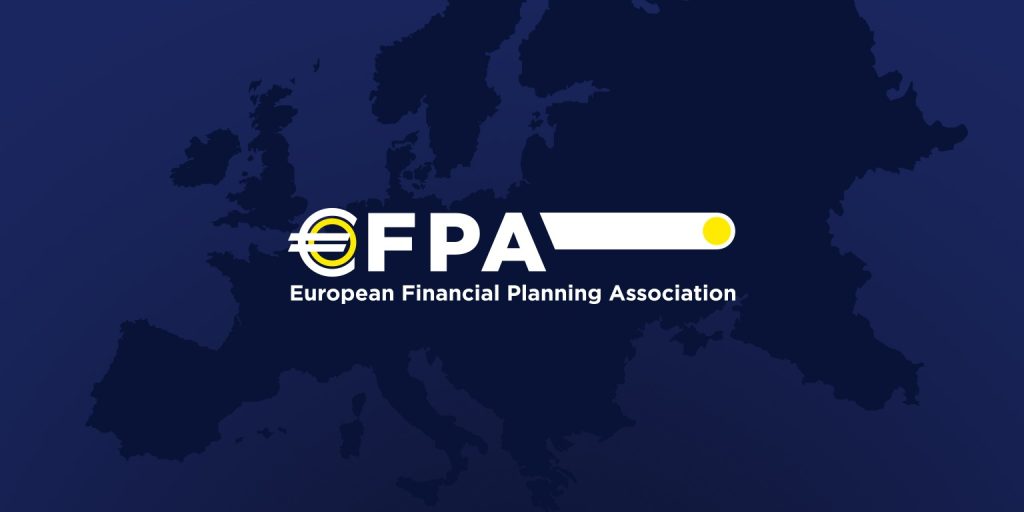
Scenario C: Missed opportunity
- Institutional reforms stall, and Eurosceptic backlash slows deeper integration.
- The digital euro is limited to domestic use, failing to attract offshore demand.
- Joint borrowing fails to create a liquid, widely accepted safe asset.
- Geopolitical fragmentation benefits other currencies (e.g., yuan, regional alternatives).
Result: The euro stagnates; its global role remains secondary, and Europe fails to fully capitalize on geopolitical shifts.
5. Strategic Implications
5.1 For European leaders and policymakers
- Accelerate institutional integration: Push forward on CMU, banking union, and EMU to support a more credible euro.
- Design the digital euro strategically: Revisit holding limits and access restrictions to support global adoption.
- Issue shared debt: Leverage joint defense or infrastructure borrowing to create a high-quality euro safe asset.
- Strengthen geopolitical alliances: Use trade agreements, swap lines, and cross-border monetary infrastructure to deepen the euro’s reach.
5.2 For central banks and global investors
- Consider euro risk exposure: As Europe strengthens its monetary architecture, the euro may become more attractive as a reserve currency.
- Use swap lines and repo relationships: These can support global confidence in euro liquidity (ECB already provides such facilities). European Central Bank
- Monitor digital euro developments: The design and governance of the digital euro could materially affect its role as a cross-border tool.
5.3 For the ECB
- Balancing innovation with stability: The ECB must navigate the trade-off between encouraging digital euro usage and avoiding financial disintermediation or central bank “runs.”
- Policy communication: Clearly articulate how the digital euro and joint debt initiatives support long-term monetary sovereignty.
- Risk management: Build robust cybersecurity, oversight, and contingency frameworks to mitigate digital risks.
6. Broader Implications for the Global Monetary Order
6.1 Toward a multipolar currency system
Europe’s push to strengthen the euro aligns with broader trends toward a more multipolar global monetary system. Think tanks and European Parliament analysts argue that diversifying currency reliance is becoming institutionalized. europarl.europa.eu
The euro could join a cluster of major currencies (alongside the dollar, yuan, possibly regional currencies) in determining global financial flows.
6.2 Reducing dependency on the dollar
A stronger euro means less European exposure to dollar-based sanctions, liquidity crunches, or dollar-centric financial infrastructure. As ECB leadership argues, this is not just about economics—it’s about resilience. European Central Bank
If Europe successfully internationalizes the euro, it could reshape how cross-border payments, reserves, and financial relationships are structured.
6.3 Digital monetary power
The digital euro could become a geopolitical tool in its own right. If Europe aligns its design to enable cross-border adoption, the digital euro may serve as a new backbone for global financial flows—especially in economically aligned or politically sympathetic countries.
This development could challenge private stablecoins, reduce dependence on non-European payment rails, and reassert Europe’s monetary sovereignty.
Conclusion
2025 represents a defining moment for Europe—and for the euro.
Geopolitical turbulence, from energy shocks to trade fragmentation, has opened a window for the euro to strengthen its role in the international monetary system. But seizing this moment requires political courage, institutional reform, and strategic vision.
The euro’s future as a global asset depends on more than economic fundamentals. It demands that Europe build deeper capital markets, issue joint debt, and create a digital euro capable of crossing borders. It requires tack and reliability: accountability in governance, robust infrastructure, and a clear signal to global investors that Europe is serious about strategic autonomy.
If Europe succeeds, the euro could evolve from a regional currency into a truly global player—one that not only supports economic stability but also underpins a more sovereign and resilient Europe in an uncertain world.














